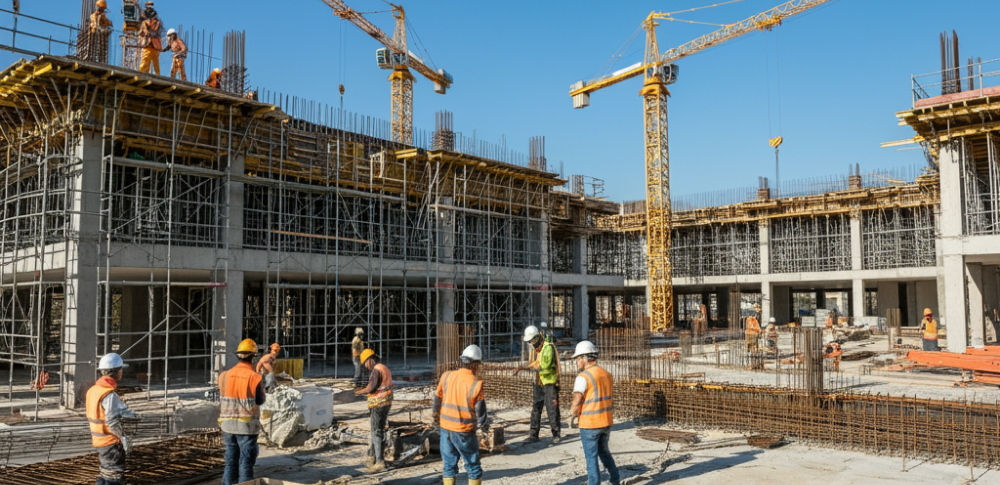Safety is a critical component of any construction site, where risks abound due to heavy machinery, hazardous materials, and intricate work processes. Implementing effective safety measures ensures the well-being of workers, minimizes accidents, and creates an efficient working environment. Essential safety practices such as using personal protective equipment (PPE), maintaining site cleanliness, and providing regular safety training play a vital role in fostering a secure construction environment.
PPE, including helmets, gloves, goggles, and high-visibility vests, is essential in reducing physical injuries. This equipment not only shields workers from immediate risks like falling debris but also fosters a sense of security that enhances productivity. However, some workers may resist wearing PPE due to discomfort or inconvenience, which underscores the importance of educating employees on its necessity.
Regular safety training ensures that all workers are aware of site hazards and understand the proper procedures to avoid them. By fostering a culture of safety, companies can reduce accidents caused by human error. Though training requires time and resources, the long-term benefits of fewer accidents and enhanced worker confidence far outweigh the costs.
Maintaining equipment is another crucial safety measure. Malfunctioning machinery can lead to severe accidents, so regular inspections and servicing are necessary. Proper maintenance reduces risks and increases the lifespan of expensive equipment. While this process can result in temporary delays, it ensures smooth operations in the long term.
Fall protection systems, such as harnesses, guardrails, and safety nets, are indispensable for work at heights. These systems safeguard workers from one of the most common construction hazards: falls. Implementing such protections can be expensive, but the reduction in fall-related injuries makes it a worthwhile investment.
A clean and organized site minimizes the chances of trips and slips, which are common on cluttered construction sites. Ensuring cleanliness not only boosts safety but also improves efficiency, as workers can move freely without hindrance. While maintaining site cleanliness requires constant effort, it is an integral part of any safety strategy.
The benefits of implementing these safety measures are multifaceted. They not only protect workers but also improve morale, reduce costs associated with injuries and legal penalties, and enhance the reputation of the construction company. However, challenges such as high initial investments, time consumption, and resistance to new protocols may arise. Addressing these challenges requires commitment from both management and workers.
In conclusion, construction safety measures are essential despite their challenges. The long-term advantages, including worker well-being, regulatory compliance, and operational efficiency, significantly outweigh any drawbacks. Companies must prioritize safety to build not only sturdy structures but also a strong, reliable workforce.


